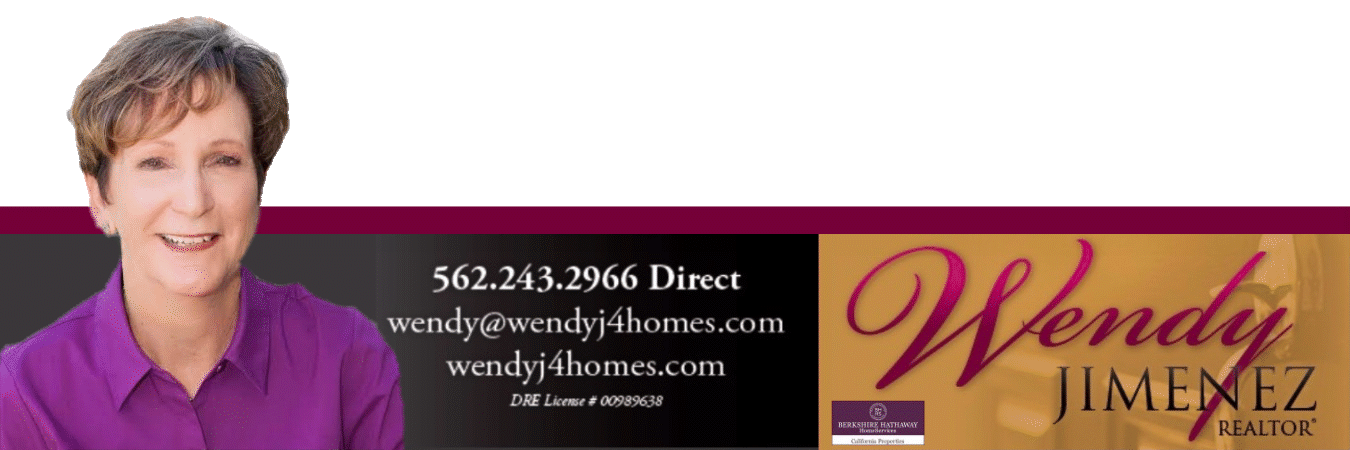The term “shadow inventory” refers to real estate properties that are either in foreclosure and have not yet been sold, or to homes that owners are delaying sale until prices improve. Shadow inventory can create uncertainty about the best time to sell a home and when a depressed local market can expect full recovery. Also, it typically causes reported data on housing inventory to understate the actual number of inventory in the market.
Why is this important?
According to the National Association of Realtors, only 15 to 20 percent of the homes that were foreclosed on during the downturn were making their way to the market in 2008 and 2009. The remaining 80 to 85 percent of the homes were bought back at foreclosure and are now owned by the banks. One might ask why the banks would want to own these properties. The answer is both telling and very scary.
Current bank regulations do not require the banks to “mark-to-market” their real estate holdings. Bank management, therefore, would rather continue to book an inflated real estate value and pay the debt service and management costs to hold the property rather than sell the property and book the losses. This is why some markets have no inventory, why banks are still hesitant to lend money and why we are not free from the issues we created in the U.S. and globally by overextending our leverage.
(iStockPhoto)
We have seen a decline in this inventory of about 35 percent from the peak in 2010, however, the last quarter saw a fairly dramatic increase of 9 percent. So which way is the pendulum swinging next? In April of 2012, the finalization of the national mortgage settlement clarified acceptable foreclosure processing procedures giving the banks better ability to effectively foreclose and avoid a lengthy court process. We have seen a rise from $175 billion to $205 billion in the estimated value of the shadow inventory and I am guessing there is more to come.
So what should you do given this scenario?
Consider avoiding investing in banks that hold large real estate shadow inventory. Shares of most of these banks have appreciated substantially this year and these moves are likely not sustainable. If you are looking to sell real estate in the next five years, consider doing it now. Interest rates have begun to rise and this shadow inventory will likely make selling more difficult. We suggest investing new money in real estate only if your timeline is 10 years or more, your liquidity needs are low and you’re able to lock the debt service rate for a long period of time. Invest with caution. I am not suggesting that the shadow inventory issue, our building deficit and our current interest rate environment are going to cause another 2008-like crisis, but these issues are real and are not small numbers. If the regulators forced some of these banks to mark their holdings to prices in the real estate today, losses could be substantial. In short, the banks are certainly clawing their way back but we have a ways to go before it’s safe to wade back into the bank space.
Michael Patrick Jacobs, CFP®, is a Partner at Monument Wealth Management, a Registered Investment Advisory firm located just outside Washington, D.C. in Alexandria, VA. Follow Mike and the rest of Monument Wealth Management on their “Off the Wall” blog which can be found on their website, and on their Twitter, LinkedIn, YouTube, and Facebook pages.
The opinions voiced in this material are for general information only and are not intended to provide specific advice or recommendation for individual. To determine which investment is appropriate please consult your financial advisor prior to investing. All performance referenced is historical and is not guarantee of future results.
